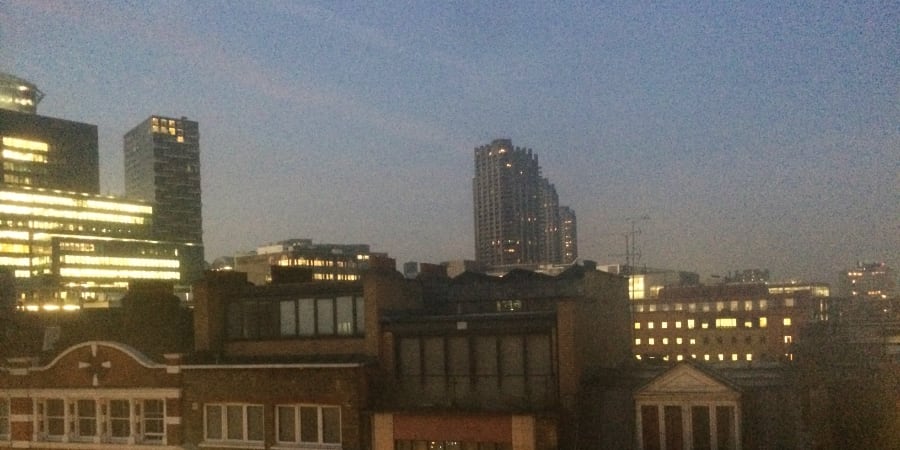
I read several Ballard books in the late nineties — my mid-twenties — starting with short stories, before being entranced by the original shiny silver paperback cover of Super-Cannes, and then going back to his earlier work. When I saw there was a film of High-Rise being made I believed I’d read it, but when I bought a copy, apart from the general sense in most of Ballard’s stories of things being on the edge of primal chaos, I didn’t recognise the story or characters at all. I’d read so many of his book shop blurbs they had all blurred together. In my twenties I didn’t read with much real attention either so it was quite possible I had read it and just forgotten everything about it.
Robert Laing is a newly divorced medical academic who moves onto the 25th floor of a high-rise block hoping for a life of comfortable anonymity. Richard Wilder lives on the 2nd floor and makes television documentaries. Anthony Royal is the building’s architect and lives in the penthouse. These three characters are rotated by Ballard to tell the story of the building, which is seen as a mixture of designed technology and living organism. It’s a social experiment designed by Royal and embraced by every resident at every level. Where Laing is a social chameleon who wants to make a safe place for himself in the building, Wilder wants to conquer it and confront its maker.
If the high-rise is a living thing, a psyche, and Ballard its ultimate creator, the three protagonists could be different aspects of Ballard’s creative personality. Each man tries to make the building serve them in their own ways but it’s the women who ultimately make the place theirs. The prose mixes an omniscient point-of-view with that of the character Ballard is following in each chapter. It is only at the end, in the final confrontation between Royal and Wilder, that he moves between both characters point-of-view in the same chapter. The author’s omniscience could easily be the building’s point-of-view, but at the same time I found it a little irritating how characters revealed chunks of backstory in their thoughts. Having said that, the descriptions are brilliant and unnerving. Ballard is very aware of the spaces his characters inhabit and finds endless ways to show the collapse and degradation of their initially modern and comfortable environment.
I was nervous about watching the film. The book was so particular and the opinions I had read were mixed, but more than that, I didn’t want to subject myself to two hours of disgust and misery. Perhaps from this starting place I was always going to enjoy the film more than I expected but that is to do the film an injustice. It is an excellent story in its own right.
Directed by Ben Wheatley and adapted by his long-term screenwriting and editing partner Amy Jump the protagonist of the film is definitely Laing. Wilder and Royal are still important characters but Laing is given far more agency and the narrative is quite different. It feels like the book is honoured though, and I suspect that is because while Jump makes the story more dramatic and brings different characters to the fore, in particular the female ones, Wheatley’s direction creates the equivalent of Ballard’s prose style in the visuals and soundtrack. It’s an impressive feat.
As stimulating as the last two weeks have been for me in the world of High-Rise whatever I read next needs to be a palate cleanser. A nice rom-com perhaps. No roasted dogs.